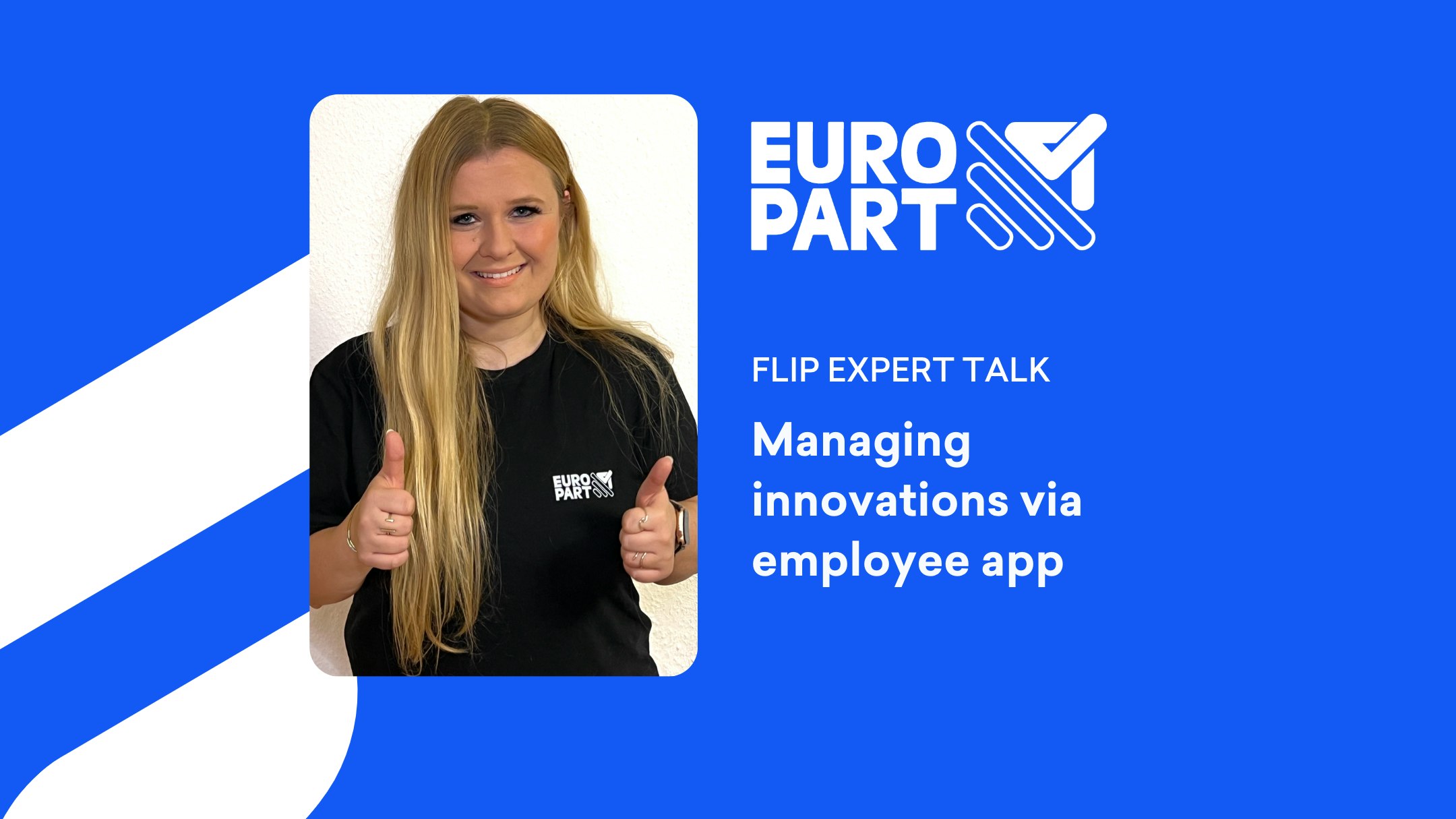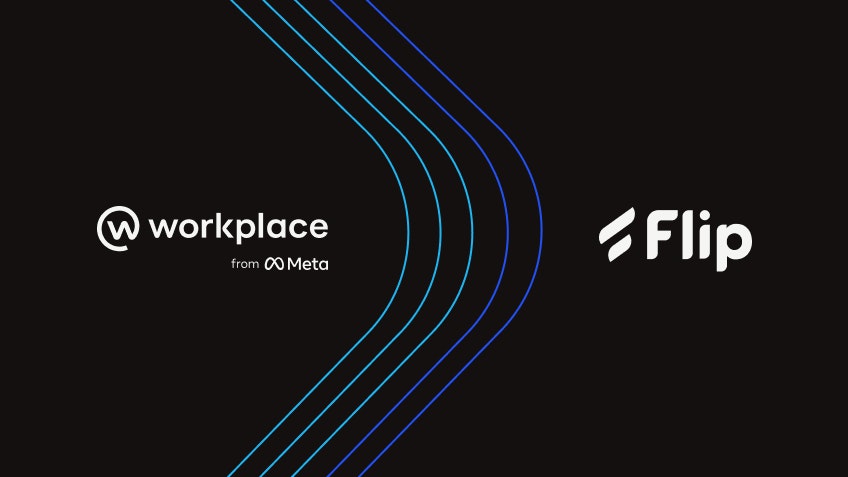30.10.2022
Employee App
4 min read


How to convince internal stakeholders of the value of an employee app
When it comes to introducing an employee app, questions about data protection, IT security, and the like are not far away. This makes a well-structured case for the implementation all the more critical. Change management specialist Patrik Kolligs, managing director of the digital workplace agency Kronsteg, has fortunately provided us with his recommendations for getting internal stakeholders on board.
Convince the HR department
Increasing attractiveness as an employer and retaining employees are two of the biggest challenges for HR departments. An employee app cannot solve them independently, but it can help. Take onboarding, for example: new starters can already be connected with the team and their managers before their first day at work. In fact, for the first time, HR managers can simultaneously reach employees in offices and on the shop floor and receive feedback from the workforce in real-time.
Additionally, those who integrate shift planning, time recording, holiday applications, and sickness notifications into the app free themselves and their employees from tedious paperwork.
You can measure the success, as figures from Flip customers show
- Identification with the company increased by 25% (Europart)
- 84% of users say they are more closely networked with colleagues (Schwarzwald-Baar Klinikum)
- Onboarding completed two months earlier (mhplus)
Convince the works council
If you have a works council or union, involve them as early as possible and make it clear that an employee app is a proven solution that has already been successfully implemented in other large companies. Then the decision for them is usually just a formality. After all, an employee app supports the works council's goals: it ends the two-tier division between operational employees and office workers, and information in the company is democratized. In many companies, the works council itself also uses the app to communicate with frontline workers in a separate group.
It's worth actively addressing and eliminating common prejudices against company apps on personal smartphones before they arise.
Flip customers used the following arguments to convince their works council
- The app was developed in collaboration with works councils.
- Using the app is voluntary, but this doesn't affect the usage rate. Flip's usage rate is often close to 100%.
- The app does not access personal smartphone data, for example, the user's contacts.
- Work/Life balance: The app remains mute after work and on holiday.
- No performance monitoring: 1:1 chats cannot be read, and no conclusions can be drawn about working hours.
Convince the IT department
An employee app aims to close gaps in the software and channel landscape without creating redundancies. You should provide a clear answer to the following question: What will the new tool be used for, and what will it not be used for? It pays to have a clear up: time and again, Flip customers replace analog internal communication tools with the employee app and digital channels such as internal email newsletters or intranets. This makes the software landscape more understandable and less complex.
5 arguments against security concerns
To prevent security concerns from arising in the first place, you should have the tool provider confirm these five details.
- Company data is stored in the cloud and not locally on personal devices.
- Hosting takes place in data centers with ISO 27001 and C5 certifications.
- Independent third parties regularly test platform security.
- You have complete control over access rights and roles.
- Data transmission between end devices and the data center is encrypted.
Convince data protection officers
Mobile employee communication? A company app on personal devices? This combination makes data protection officers stand up and pay attention. Nevertheless, projects seldom fail due to data protection concerns - at least when a tool from Europe is used that has already passed the strict checks of large companies.
Flip successfully proved to EDEKA, toom, McDonald's, Bauder, MAHLE, and hundreds of other companies from EU countries that it meets the requirements of the GDPR and the data protection officers.
These factors are critical for data protection
- Hosting takes place in EU data centers.
- The provider informs on technical-organizational measures (TOMs) to protect the data.
- All commissioned processors - for example, partners of the provider - process the data under GDPR.
- There is a model template for commissioned data processing.
- The app does not access personal smartphone data, for example, the user's address book.
- No private contact data, such as email addresses or telephone numbers, are required to register.
Convince management
In some companies, initiatives for an employee app come from management; in others, management still needs to be convinced. If your company belongs to the second category, these four steps will help.
1. Cross-Departmental Team
Secure support from HR, internal communications, IT, works council, and data protection before approaching management. Ideally, present the employee app as a cross-functional project. An interdisciplinary team was the key to success at toom, as communications manager Daria Ezazi confirmed to us.

"The introduction of an employee app should not be formulated as a request from corporate communications or the HR department."
Patrik Kolligs
COO of Kronsteg GmbH
2. Solid Arguments
The introduction of an employee app should not be formulated as a request from corporate communications or the HR department but from the needs of the workforce, so the project isn't put on the back burner as a "nice to have". Ask operational employees how they have experienced communication so far and where they see weaknesses. This is how Flip client Bauder, for example, identified the relevant use cases.
3. Contribution to Corporate Strategy
Does the employee app support ongoing initiatives such as a "Digitalization Strategy 2030" or a "New Work Concept"? Build your rationale on this. Your employee app is part of the company's overall development, not an isolated project.
4. Rollout Roadmap
Introducing an employee app can seem like a mega-project because all employees are affected. With a milestone plan, you can divide the rollout into several stages, from the announcement to the implementation and the creation of content to permanent use. How you proceed depends on the size and structure of your company.
Expert consultation: we do the work for you
The Flip experts have gathered best practices from hundreds of companies. We're happy to support you with tried and tested cases that will inspire and help to convince management, IT, and others to adopt an employee app.
Book an appointment with an expertShare
Don’t forget to share this content
Copy








